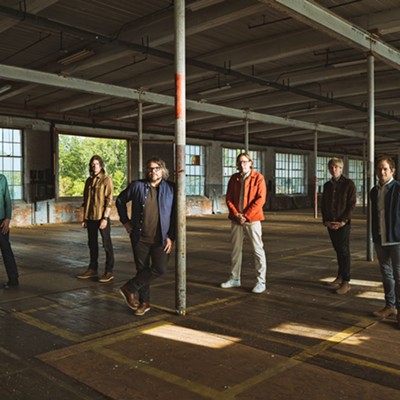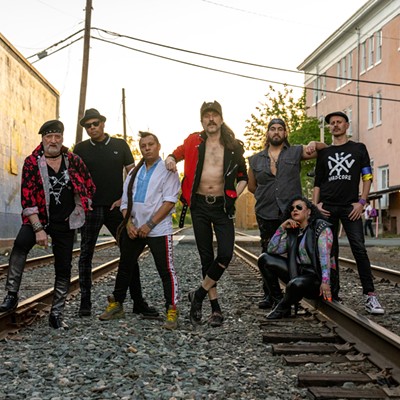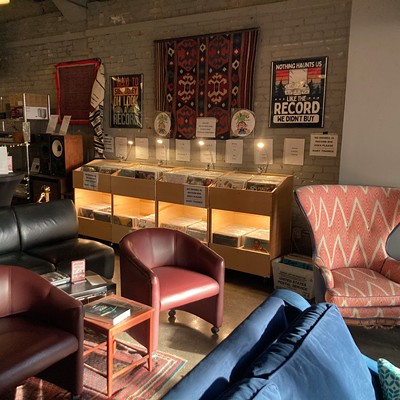You don't have to like politics to appreciate the art and architecture that graces our state Capitol, 2300 N. Lincoln.
Completed in 1917 at a cost of about $1.5 million, the stately limestone and granite statehouse was designed by principal architect Solomon Layton. Materials from each of Oklahoma's 77 counties were used in constructing the seat of government, which covers 11 acres of floor space.
Its most dramatic architectural element was 85 years in the making. Rising almost 200 feet above the ground floor, the Capitol dome was part of Layton's original design, but budget problems delayed its construction until 2002. The fourth-floor rotunda provides the best views of the towering dome's brightly painted interior, which is modeled after the state wildflower, Indian Blanket.
Outside, the dome is capped by "The Guardian," a 4,000-pound, almost-23-foot bronze sculpture of an American Indian. To see the statue in detail, visit the 9-foot replica that stands guard on the second floor.
The fourth-floor rotunda is also the best place to view the World War I memorial mural "Pro Patria," which overlooks the grand staircase. The names of the more than 2,700 Oklahomans who died in the Great War are recorded on accompanying murals that decorate conference rooms flanking the staircase. Appropriately, the three-piece mural was dedicated on Armistice Day in 1928.
From the fifth-floor galleries, visitors can watch members of the state Legislature at work and view the intricate ornamental decorations in both the House and Senate chambers, which have undergone extensive work to reverse years of renovations and restore them to their original grandeur.
The Capitol's art collection serves as a visual textbook of Oklahoma history. Paintings and sculptures scattered about its floors celebrate the people and events that shaped the state. No artistic commemoration is more important than the painting marking the moment President Theodore Roosevelt signed Oklahoma's statehood proclamation. Visitors can view the original state constitution near the Supreme Court chamber.
The Capitol also houses the Oklahoma State Art Collection, an assemblage of more than 100 works by state artists, as well as numerous changing exhibitions in several galleries throughout the building.
The Capitol is open daily. Guided tours, which begin at the first-floor visitor center, are available weekdays at the top of the hour between 9 a.m. and 11 a.m., and 1 p.m. and 3 p.m. Admission is free.
Price writes online at www.travelblur.com.







